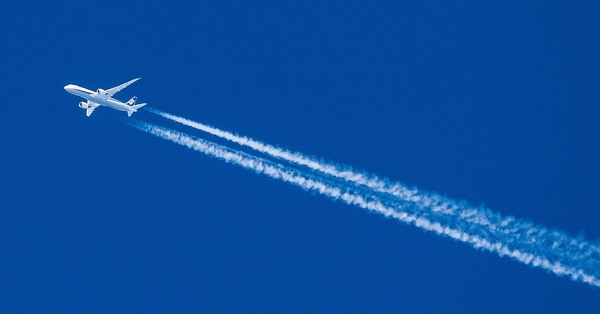You are viewing 1 of your 2 free articles
Air fares in Europe priced 15% above inflation, says report
Air fares in Europe are outpacing inflation by around 15% and high prices look set to continue, according to research by ING.
The bank’s Global Aviation Outlook report also suggests passenger traffic will exceed pre-pandemic levels this year, but airlines are struggling to keep up with demand as they encounter issues with aircraft supply.
ING senior sector economist Rico Luman said: “Global airline demand has outpaced fleet capacity development, which puts growth plans for airlines under strain.”
More: Outbound market fuels surge in travel M&A interest
Ticket prices across the world are generally rising, according to the report, but Europe is particularly affected by higher duties.
“This dynamic marks a different era, as increased competition of low-cost carriers previously weighed on rates for a long time,” Luman said.
“In several European countries, (higher) ticket taxes and an increased application of the Emissions Trading Scheme (from 25% in 2024 to 100% in 2026 for intra-European flights) will continue to add to higher prices.
“This pushes air fares far beyond inflation numbers, with ticket prices still hovering some 15% higher in early 2024. The internalisation of external factors will likely continue to grow moving forward, which will lead to structurally higher fares and real pricing.”
The report suggests that the rising prices have not dented demand significantly, but some effects are being seen.
“Generally, travellers seem willing to pay higher fares – but significant ticket tax increases imposed by European countries are having at least some dampening effects, especially for low-cost carriers,” the report states.
Travel in continental Europe has recovered faster than expected, according to the report, but the number of flights is still below pre-pandemic levels.
Luman said: “Aircraft capacity struggles are expected to drag on through 2024 and its peak season.
“Capacity constraints force airlines to adjust flight schedules – Ryanair, for instance, announced that it is planning to serve 200m instead of 205m passengers in 2024. This is still around 10% growth, though less than previously anticipated.
“The constraints also limit the ability to restore and grow intercontinental networks. Flag carriers such as Lufthansa and KLM (including Transavia) revised available seat capacity downward for the full-year 2024.”
The report describes deliveries of new airplanes at Boeing as “way below pre-pandemic levels”, while Airbus is “still in recovery”.
The backlog at both manufacturers has hit a record high, the report adds.
In addition to production limitations at Boeing, a factor tipped to impact capacity over the coming months is engine manufacturer Pratt & Whitney’s extra inspections of turbofan engines installed in Airbus A320neo aircraft.
The capacity constraints are contributing to higher fares, the report states, alongside the strong demand and higher jet fuel prices.
The report notes that airlines are increasingly securing supplies of sustainable aviation fuel (SAF), which has a knock-on impact on fares.
“SAF trades around 2.7 times the price of conventional jet fuel in March, and fuel consumption usually covers 15-25% of total costs,” the report states.
“We don’t expect that the cost of SAF will drop to jet fuel levels anytime soon, which means a targeted blend rate of 10% in 2030 being aimed for by airline coalitions Oneworld group and Clean Skies for Tomorrow eventually adds 3-4% to ticket prices.”
The report adds that despite the operational struggles faced by airlines, the leading carriers broadly returned to pre-pandemic operating profit levels last year.
Profitability this year might be affected by factors including delivery delays, extra maintenance, extreme weather, geopolitics and labour tensions, but the report states that a “slight uptick” in operational margins could still be recorded.
Luman said: “Airline reports and bookings indicate that air travel demand remains strong through 2024, despite serving most post-pandemic pent-up demand.
“Labour markets are still tight, and a positive factor for spending is that purchasing power should recover on the back of rising wages and lower inflation.
“Figures for the first quarter of 2024 indicate strong growth for revenue passenger kilometres (RPK) compared to the subdued start of 2023. This direction is confirmed by 10% higher global jet fuel consumption until mid-April.”


















